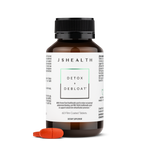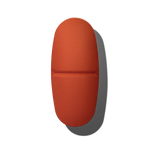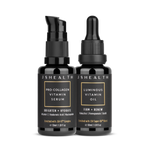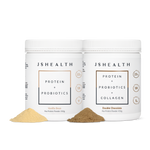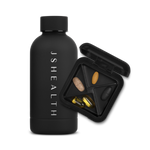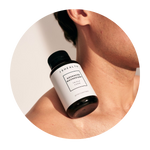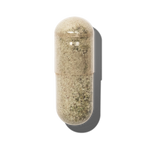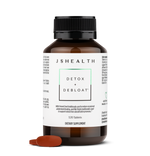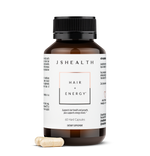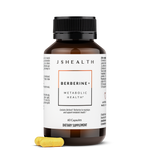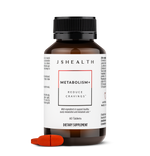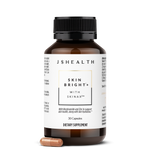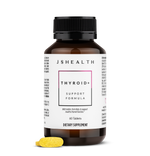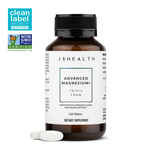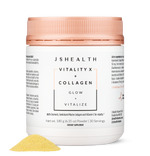25% OFF SUBSCRIPTIONS!*
How to cycle-sync your movement routine
Tracking your cycle goes beyond predicting your period. It holds the key to understanding the intricate dance of hormones that influence your energy levels, motivation, mood, strength and so much more – your unique biochemistry, or infradian rhythm.
Moving intentionally in synergy with your menstrual cycle, or ‘cycle syncing’ is a beautiful form of self-care. By understanding the ebb and flow of your body’s needs throughout the month, you gain the power to design a movement routine that embraces and celebrates these natural hormonal changes. You can build a more holistically balanced, loving and sustainable relationship with yourself.
Read on as we explore through the four phases of the 28-day cycle, and how to tailor your movements to best honor your body at each of these different stages.
Phase One: Menstruation - Low impact, easy movement
In the first 1-5 days of your menstrual journey (also known as menses), your body enters the stage of renewal and release. This is the time to slow down your workouts, listen to your body and prioritise restorative movement. During this period, your body experiences lower levels of estrogen and progesterone, accompanied by the shedding of the uterine lining.
Exercise Ideas: Embrace the calming flows of yoga, stretch your body, take slow and leisurely walks, and make self-care a priority. This phase invites you to nurture and care for your body.
Phase Two: The Follicular Phase - Light to medium movement
As your menstrual flow subsides, days 7-13 bring a surge of energy and possibility. The follicular phase marks the beginning of a vibrant chapter – follicle-stimulating hormone (FSH) stimulates the growth of eggs in your ovaries, while estrogen rises, thickening the lining of the uterus.
Exercise Ideas: Due to lower resting cortisol levels, energizing movement will be your best friend! Exercises that uplift the core such as Pilates, Barre, or light to medium strength training will help you to feel more alert and vibrant in this phase.
Phase Three: Ovulation - Higher intensity movement
Days 14-21 herald the arrival of ovulation, a time of heightened energy and fertility! Estrogen, testosterone and luteinising hormones reach their peak, orchestrating a symphony of biological mechanisms. Luteinizing hormones take center stage, triggering the release of an egg from your ovary.
Exercise Ideas: Feel the surge of vitality and opt for movement that matches your boosted energy levels such as high-intensity interval training (HIIT), heavier strength training or challenging cardio (we love indoor bouldering!). This is the perfect opportunity to challenge yourself and go for personal bests – your hormones are primed to help you power through.
Phase Four: Luteal Phase - Slower paced, focused on strength building
During days 21-28, your body undergoes shifts in preparation for a new cycle. Follicle-stimulating hormone (FSH) and luteinizing hormone decrease, while progesterone takes the lead. Energy levels start off high but gradually taper towards the end of this phase.
Exercise Ideas: Adapt your movement routine to accommodate these changes. Transition from high-intensity exercises to gentler, less cardio-intense workouts such as nourishing walks, yoga and swimming.
As you navigate through your menstrual cycle, remember that movement is not just a means to an end, but a wonderful tool for self-care and self-discovery. Honor your body’s changing needs with compassion and self-love. Let go of comparison, tune in to your inner wisdom, and trust that by working with your cycle, you’re nurturing a deeper connection with yourself.
Extra Cycle Support: Hormone + PMS Support
A signature, targeted blend of herbs and nutrients designed to support women at all stages of their cycle, as well as supporting healthy reproductive hormones. Expertly crafted with Chaste Tree to help maintain and support healthy reproductive hormones, help with mild mood changes associated with the menstrual cycle, and to support healthy menstrual cycle.
References:
Reed, B. G., & Carr, B. R. (2018). The Normal Menstrual Cycle and the Control of Ovulation. Endotext [Internet]. https://www.ncbi.nlm.nih.gov/books/NBK279054/
